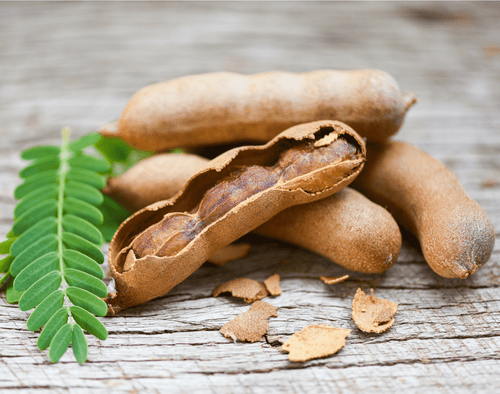
What you must remember:
- Plant charcoal has strong adsorption properties.
- When charcoal is activated, its adsorption properties are increased.
- Apart from its beneficial action on bloating, gas and other digestive disorders, it supports the intestine in its detoxification function.
- It should be taken with caution and in the short term thanks to our 5-day reset
What is Vegetable Charcoal?
Vegetable charcoal is obtained from the combustion/carbonization of carbon-rich plant materials. Among these materials, we find bamboo, oak wood, beech wood, coconut shell and even peelings. Combustion creates porosity which can be increased by activating the vegetable charcoal. For this, 2 methods are possible: physical or thermal activation using air or water vapor or chemical activation using phosphoric acid.
This high porosity gives it unique adsorption properties.
The benefits and virtues of vegetable charcoal
Plant charcoal and detoxifying properties
Activated vegetable charcoal has wonderful detoxifying properties, especially at the intestinal level. Indeed, its adsorption capacity allows it to fix elements to be eliminated: toxins, bacteria and other pathogens in the intestines, kidneys and liver . Among these wastes, we can cite additives, gases, heavy metals, pathogenic bacteria, etc.
Vegetable charcoal and digestive disorders
Activated vegetable charcoal has a direct action on the digestive system due to its adsorption capacity. Indeed, gases due to our lifestyles (diet, sedentary lifestyle, stress, etc.) will cause disabling bloating which can give rise to flatulence or digestive disorders such as constipation .
In addition, due to its composition, charcoal will help maintain the physiological balance of fats in the blood and avoid episodes of diarrhea.
Vegetable charcoal and water
Due to its adsorption of toxic compounds, activated vegetable charcoal will help to purify the water and purify it for good hydration of the body without danger.
It also has powerful benefits on ambient humidity. Indeed, by absorbing humidity, charcoal will help promote clean air and better preservation of food products.
Indications and dosage of vegetable charcoal
It is found in many supplements in the form of powder, tablets or capsules.
Taking charcoal is contraindicated in children under 12 years of age and pregnant and breastfeeding women. It is also common in people suffering from gastroduodenal disorders, digestive hernia, and chronic constipation. Indeed, a large dose of activated charcoal can cause slight constipation or worsen that already present. If you are following medical treatment, it is important to seek advice from your doctor before taking supplements and taking charcoal away from treatment if this is authorized.
To benefit from all the benefits of vegetable charcoal, the recommended daily dose is 1000 mg when taken in isolation and without any other active ingredient. In supplements containing other compounds, the dosage is usually around 400mg.
This product should be taken occasionally, during fairly short courses. In fact, prolonged intake of activated charcoal can lead to a slowdown in digestive transit , constipation and blackish stools.
Bringing vegetable charcoal to your body thanks to DIJO
At DIJO, we have developed products to combat bloating and allow you to regain total digestive comfort. In fact, we have included activated vegetable charcoal in our 5-day reset formulation , a real essential cure for regaining a flat stomach. This product is also present in the dream belly pack , used to say goodbye to a swollen stomach and regain better weight management.
This treatment should be taken as part of a balanced lifestyle in order to obtain deep and lasting effects.
Sources :
[1] Jain, NK, Patel, VP, & Pitchumoni, CS (1986). Efficacy of activated charcoal in reducing intestinal gas: a double-blind clinical trial. The American journal of gastroenterology, 81(7), 532–535.
[2] Zellner, T., Prasa, D., Färber, E., Hoffmann-Walbeck, P., Genser, D., & Eyer, F. (2019). The Use of Activated Charcoal to Treat Intoxications. Deutsches Arzteblatt international, 116(18), 311–317. https://doi.org/10.3238/arztebl.2019.0311
[3] Duyan, M., & Vural, N. (2022). The Utilization of Activated Charcoal in the Management of Anaphylaxis: A Case Series. Cureus, 14(11), e31949.https://doi.org/10.7759/cureus.31949
[4] Ek, M., Baresel, C., Magnér, J., Bergström, R., & Harding, M. (2014). Activated carbon for the removal of pharmaceutical residues from treated wastewater. Water science and technology: a journal of the International Association on Water Pollution Research, 69(11), 2372–2380.https://doi.org/10.2166/wst.2014.172






















